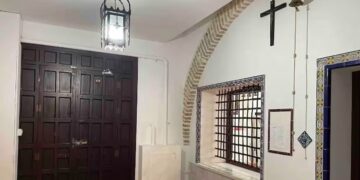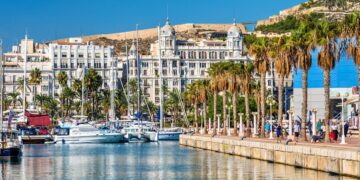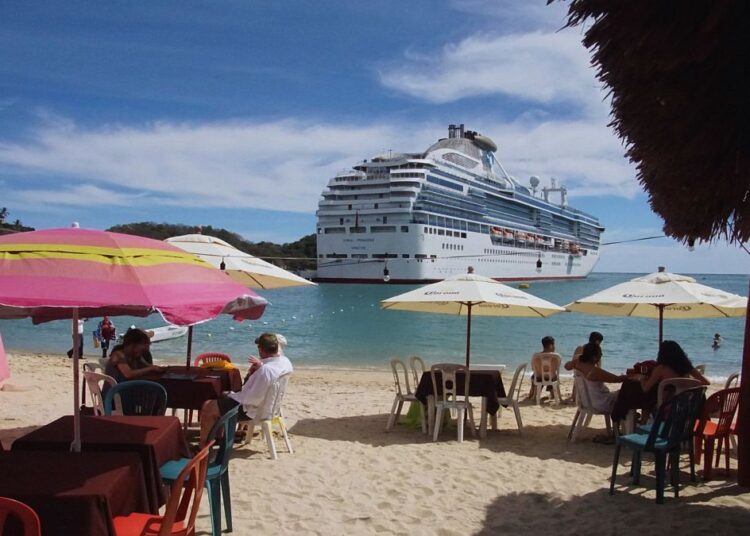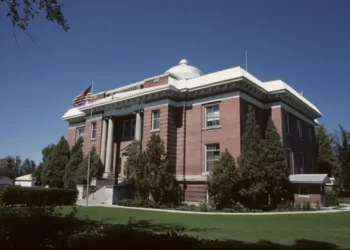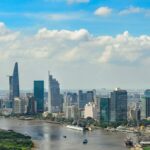Perché la tua crociera ai Caraibi potrebbe costare di più: il Messico introduce una nuova tassa di soggiorno
Le vacanze in crociera in Messico diventeranno più costose poiché uno dei porti più...
Come preparare il veicolo per un viaggio sicuro a lunga distanza in Alabama
L'anno scorso, l'Alabama ha accolto circa 28,6 milioni di visitatori sulle sue strade. Tragicamente,...
Europa
America
I più Commentati
Europa
I più Letti
News
Latest Post
Pianete per la Festa della Sacra Famiglia: Modello di amore e dedizione
La Festa della Sacra Famiglia è un momento speciale nel calendario liturgico, un'occasione per riflettere sull'importanza della famiglia come nucleo...
Read morePerché la tua crociera ai Caraibi potrebbe costare di più: il Messico introduce una nuova tassa di soggiorno
Le vacanze in crociera in Messico diventeranno più costose poiché uno dei porti più trafficati del mondo prevede di aggiungere...
Read moreIdee di viaggio uniche per coppie che desiderano ravvivare la loro storia d’amore
Foto di Pavel Danilyuk Quando è stata l'ultima volta che voi due vi siete veramente disconnessi dal caos e vi...
Read moreCome preparare il veicolo per un viaggio sicuro a lunga distanza in Alabama
L'anno scorso, l'Alabama ha accolto circa 28,6 milioni di visitatori sulle sue strade. Tragicamente, nel 2022 nello stato ci sono...
Read moreCome uno stage in Giappone può dare una spinta alla tua carriera
Foto di primagefactory Gli stage sono da tempo riconosciuti come un prezioso trampolino di lancio verso una carriera di successo....
Read moreCategories
- 24 ore a… (1)
- Africa (4)
- America (9)
- Argentina (1)
- Asia (3)
- Azerbaigian (1)
- Bahamas (1)
- Brasile (1)
- Bulgaria (1)
- Cipro (1)
- Cuba (1)
- Egitto (1)
- Etiopia (1)
- Europa (8)
- Giappone (2)
- Hotels (1)
- Idee di Viaggio (4)
- Inghilterra (1)
- Islanda (1)
- Italia (1)
- Kenia (1)
- Lettonia (1)
- Marocco (1)
- Messico (2)
- Recensioni (1)
- Recensioni Hotel (2)
- Repubblica Dominicana (1)
- Spagna (2)
- Stati Uniti (3)
- Tailandia (1)
- Travel News (26)
- Turchia (1)
- Turismo Sostenibile (1)
- Varie (2)
Copyright © 2024 Travelcola.com, tutti i diritti riservati


